Changes to GISS surface temperature from 1981 and 2002 to 2014, have doubled 1890 to 1980 warming.
Changes to GISS surface temperature between 1981 and 1991, and between 1981 and 2014
Changes to Northern Hemisphere surface temperature between the 1975 National Academy of Sciences Report, and current CRUTEM
Changes to GISS US temperatures between 1999 and 2014
Changes to Northern Latitudes (north of 23.6N)
1981 version : 1981_Hansen_etal_1.pdf
1999 version : 1999_Hansen_etal_1.pdf
Current version : Fig.B.gif (407×678)
Changes to NCDC US temperatures from 1991 to 2014
Changes to GISS Iceland temperatures between V2 and V3
NCDC has dramatically cooled pre-1963 Northern Hemisphere temperatures since the 1975 National Academy of Sciences report.
Odds Of Gavin And Tom’s Data Tampering Being Correct Are Close To Zero
NCDC Data Fabrication Is Skewed Towards Warming
Spectacular Data Tampering At Deniliquin, NSW
More Spectacular Temperature Fraud In New York
Phil Jones Removing The 1940’s Blip
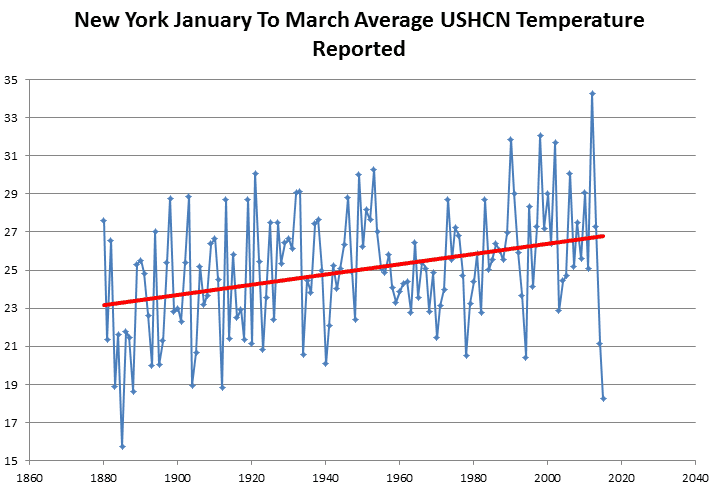

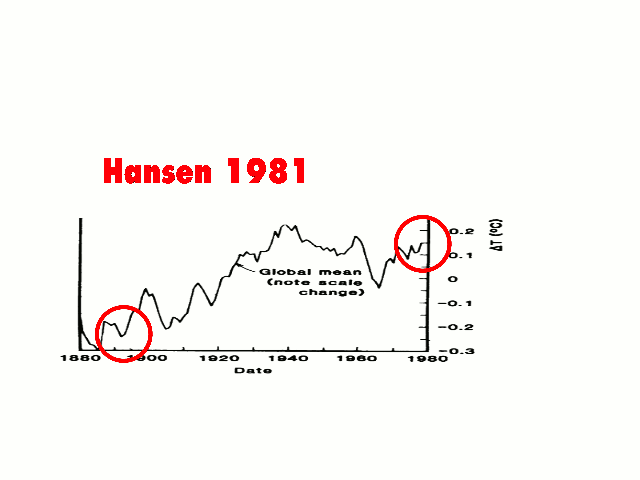
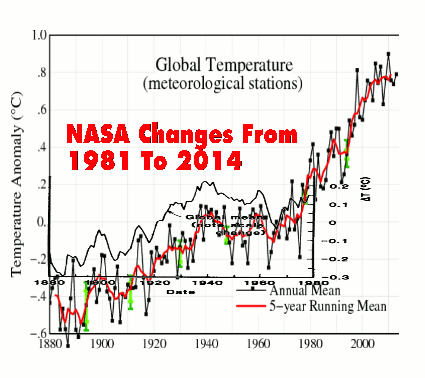
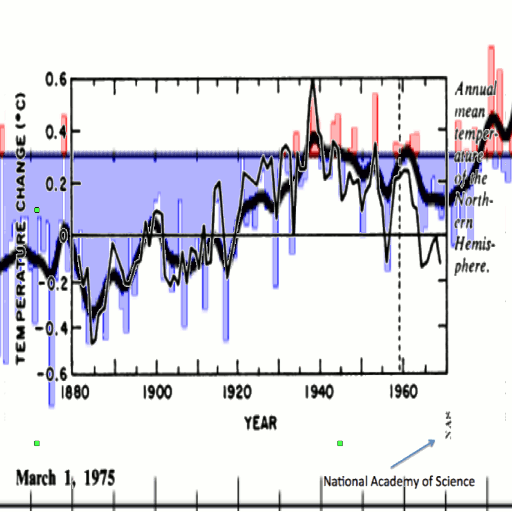
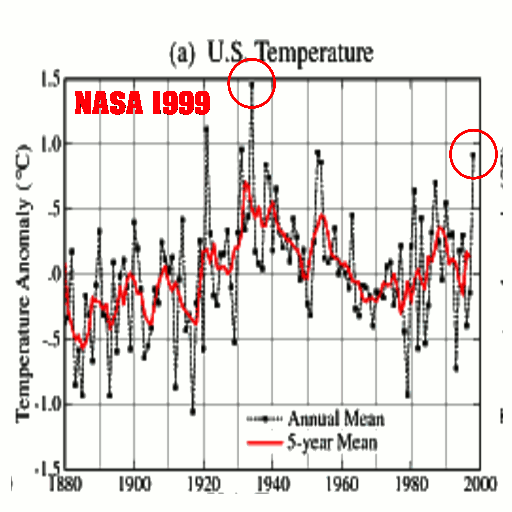
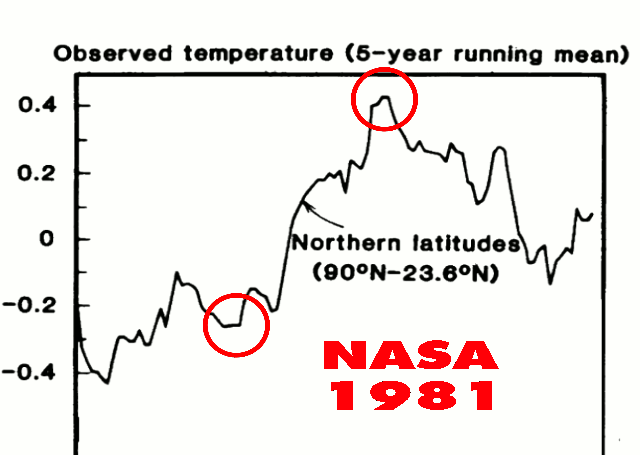
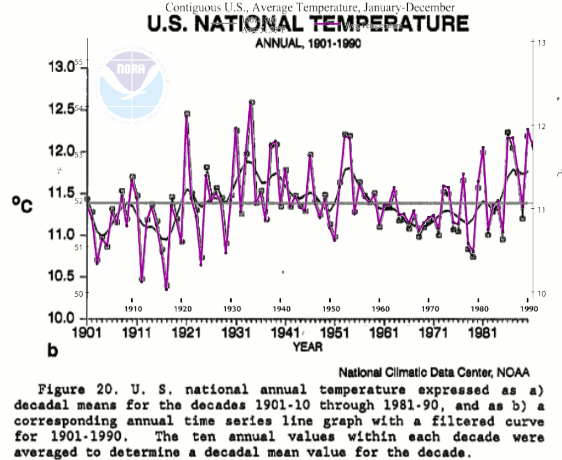

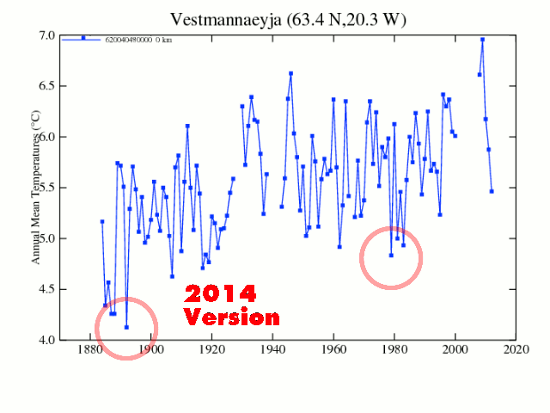
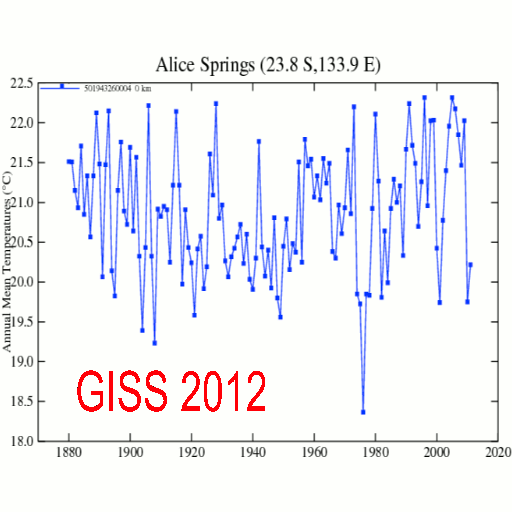
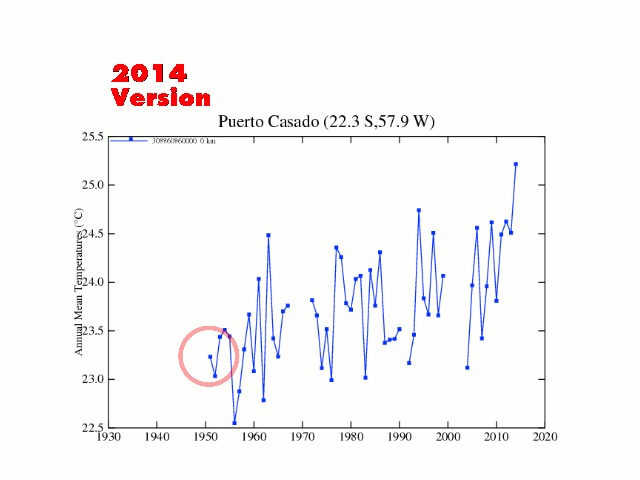
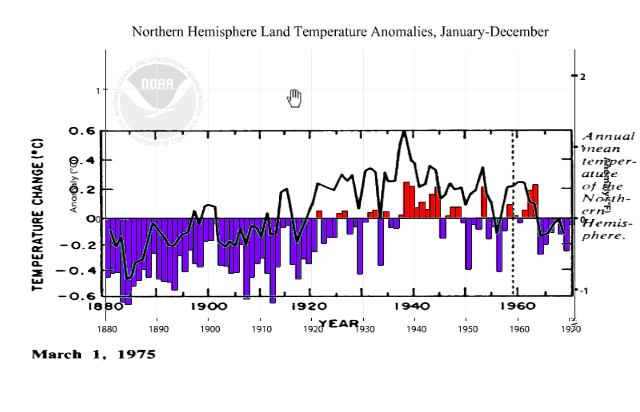
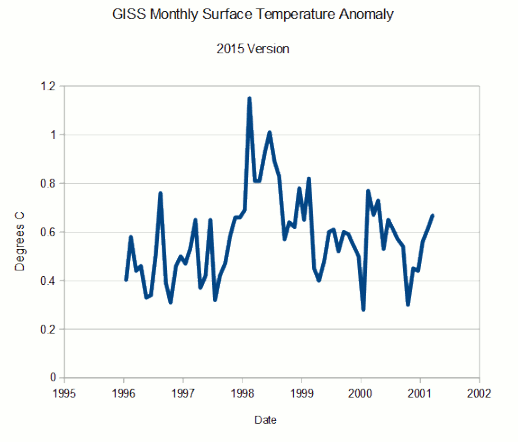

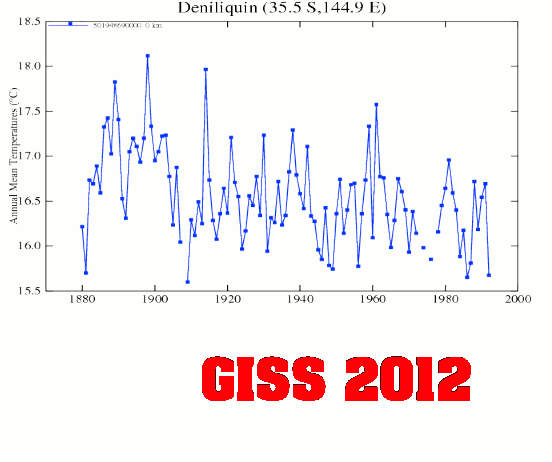

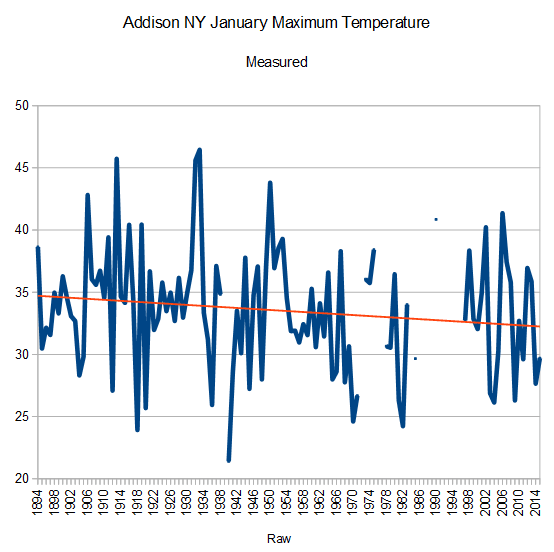
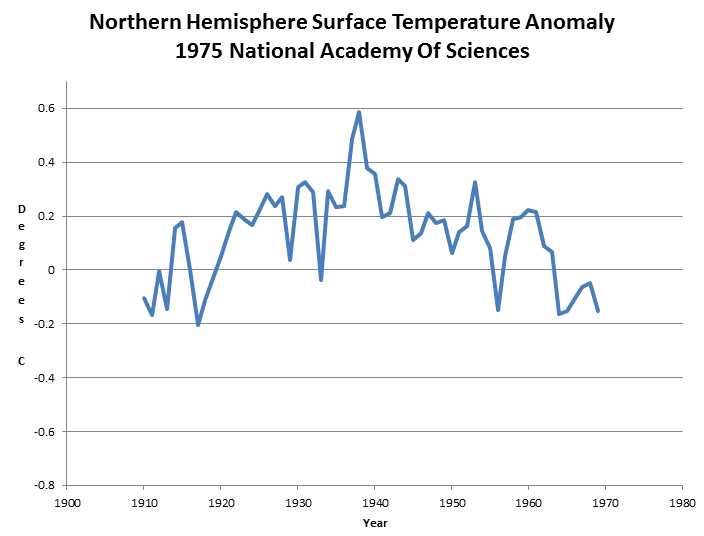
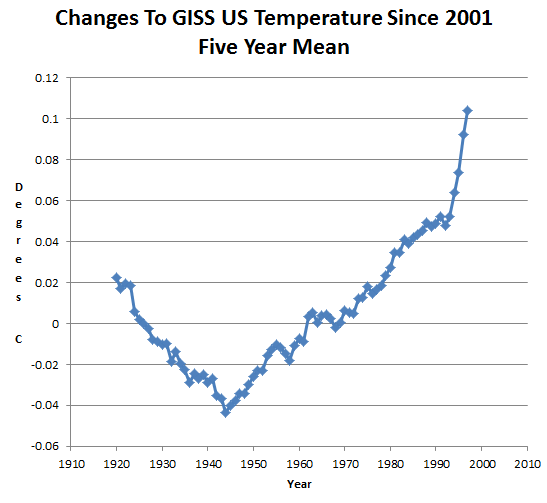

It’s ironic that Mother Nature keeps bringing the coldest winters many have ever been through, at the same time we are told it’s hotter than ever.
Jones: Argggghhhh… Doesn’t Goddard know we’re just trying to save the Earth?
Mann: Yea, and get rich in the Process…
Jones: Plus the Prestige,… lofty position, speeches, the parties… the women…
Mann: … and the huge Pension… and admiration…
Jones: Why do Skeptics like Goddard have to spoil our fun, why can’t he just get some Grants other people pay for and have fun??
Mann: Goddard perplexes me… Gonna wait for him over at Whole Foods tomorrow… disguise myself … then observe him.. see what makes the Mann tick… puncture the tires in his bike then drive away in my Bentley..
Jones: I’d like to go too, and observe this Mann… will fly over in my Gobmint Sponsored .. gas guzzling Private Jet destroy some Ozone on the way.. how will I know which one is you in Whole Foods?
Mann: I’ll be carrying a Hockey Stick…
Mother Nature is obviously misbehaving. Besides, observations must be wrong because there is a 97% chance the temperature is increasing. (sarc) The computer models can’t lie. (sarc again). The science is settled. (Once more)
Gentlemen, All your graphs – old and new, adjusted by you or original show – overall – that the Earth’s temperature is rising. Why you do not curdle with?
Second question: why you do not sit down for a couple of decades producing a better temperature reconstruction?
Nobody here is against the idea that it has warmed. After all, evidence of warming is not evidence of AGW. Goddard has simply been pointing out the data alterations that have been made to make the warming appear worse, and much more alarming, as if to try and make it seem like current warming is “unnatural”.
We have satellite readings for the lower troposphere now; no need for surface stations. Reconstructions of the last 1000 year climate temperatures are common. They are published in journals; but they are often regional.
Antonio Zecca: How you are to liking this land?
Staggering Stats. Well done! It just sickens me how the governments will blatantly LIE using so-called CLIMATE CHANGE, and use this pathetic excuse to destroy poor nations such as Africa, telling them that they are no longer allowed to take coal out of the ground, as it causes too much CO2. The so-called theory, or LIE of GLOBAL WARMING is doing a lot of damage especially in the poor countries.
Steve S.
[email protected]
We offer draft paper to be sent to peer review journal:
MIS 11 (430 ka BP) Interglacial “Hockey Stick” Behavior and Verification Of Astronomical Forces For MIS 1, Holocene Interglacial – Indisputable Proof
In Leonard and Lucas (2015), we showed a correlation between the EPICA ice core data (jouzel et al2007) for the interglacial periods MIS 5, at about 130 ka BP and MIS 9, at about 320 ka BP yielding a Covariance and Pearson’s Correlation Coefficient r = 0.9696. We show this in Figure 1 where the correlation was made with the MIS 5 range being from 131.425 ka BP to 116.033 ka and the MIS 9 range being from 336.425 ka BP to 321.033 ka BP.
Figure 1 – Graphs for covariance and correlation coefficient calculations between MIS 5, 130 ka BP and MIS 9, 320 ka BP Interglacial periods.
This provided a net year span of 15,392 years. The r= 0.9696 provides a nearly perfect correlation. Leonard and Lucas (2013) further examined the correlation between MIS 11, 430 ka BP and our MIS 1, Holocene interglacial periods, somewhat arbitrarily scaling them to the end of both’s Terminus region, this shown in Figure 89 oF Leonard and Lucas (2015) and also Figure 2 below. This was accomplished by setting MIS 1, Holocene at 0 years BP for scaling at 1950 AD the GISS Global Temperature data in Leonard and Lucas (2015) Figure 91. This was such that the 2012 AD data point was -62 years BP in Leonard and Lucas’s (2015) Figure 90. This correspondence was shown in Figure 65 of Leonard and Lucas (2015).
This similarity that was found between MIS 11, 430 ka BP and our present MIS 1, Holocene interglacial periods was noted by others such as Berger and Loutre (2002) and Rohling et al (2010). We found a covariance and Pearson’s correlation coefficient, r = 0.7023, shown in Panel C of Figure 2 below and Figure 89 of Leonard and Lucas (2015).
Figure 2 –Examination of the potential correlation between the Interglacial periods of MIS 11, 430 ka BP and MIS 1, Holocene periods. In Figure 2A, we see the clear correspondence between the two Interglacial cycles just as for MIS 5 and MIS 9 in Figure 1. Here the Terminus Periods are matched in Panel B. We show the same correspondence for the carbon dioxide concentrations in Panels D, E and F.
Figure 3A – Provided are the EPICA raw data for MIS 11, 430 ka BP and MIS 1, Holocene Interglacial periods with MIS 11 time scale normalized to 411,600 years before present (BP)
We have now further analyzed MIS 11 and MIS 1 Holocene interglacial’s and found that scaling the MIS 11 data with 411.600 ka BP to 0 years BP for our Holocene period (present 1950 AD) provides a much better r = 0.8478. We show the EPICA raw data as Figure 3A above.
In Figure 3B, we have accomplished what was not performed before, i.e. smoothed the each data point in the Holocene data over 200 years, this making it more compatible with the MIS 11 sparser data of about 200 year intervals. What is observed is a surprisingly clear matching of five of the MIS Holocene Intergalactic region peaks such that they coincide with five of the seven distinct peaks in the MIS 11 intergalactic in Figure 3B.
1
Figure 3B – Smoothed MIS 1, Holocene data to 200 years to match sparse data from MIS 11, 430 ka BP which EPICA provided approximately every 200 years. Graph shows strong correlation and a Pearson’s correlation coefficient of r = 0.8598
We have numbered them in Figure 3B. We see that MIS 11, 430 ka BP clearly yields a distinct “hockey stick” behavior. Looking more carefully at an expanded, closer to present, EPICA data in Panel 3C in the time region, from 600 years BP to -100 years BP (2050 AD) range, In Figure 3C, we see that the MIS 11 sparse data from 400 years BP to 0 years BP is linear and, also, that a smoothed set for MIS 1, Holocene is also essentially linear from about 400 years BP to 0 years BP.
Figure 3C – Investigation of the pre-1950 AD MIS I, Holocene period (Green) and comparison to the same MIS 11, 430 ka BP region (Black). Shown is a linearity for both with MIS 1, Holocene smoothed.
To see how closely these two data coincide, we have subtracted 1.0 ?C from the raw EPICA MIS 11 data in Figure 3C, which therefore shows extremely close correspondence. This implies that the temperature rise from about – 0.475 ?C to – 0.03 ?C during this Holocene period from 400 years to about 5 year BP (about 1945 AD) is from only solar forcing effects, not from any anthropic sources. This further implies that until about 1950 AD humans had contributed minimal anthropic warming to Earth’s climate. To answer the question as to “how much mankind has contributed?”, we looked closely to the period after 1950 AD. This was done in Figure 3D.
Figure 3D – At 0 years BP (1950 AD) the smoothed Holocene (Black) and the MIS 11, 430 ka BP (Green) diverge, showing that at about year 5 (1945 AD) anthropic GHG begin to contribute to Global Warming. By subtracting the green curve astronomical forcing, we obtain in red the net anthropic 2012 AD forcing of about 0.5 *C.
We show in green the MIS 11 430 ka BP upper curve in black, we show the “normalized” MIS 11 (-1.0 ?C scaled) in green, the smoothed Holocene net Surface Air Temperature in black and finally we show the greenhouse gases global warming in red by subtracting the estimated (scaled) MIS 11 assuming that the Holocene mimics the MIS 11 climate, which our covariance suggests and many other investigators have premised. As Figure 4 we show the extent of the full “Hockey Stick” temperature effect for MIS 11.
Figure 4 – The full MIS 11, 430 ka BP showing the global temperature increase from the “Hockey Stick” behavior centered at about 411,600 years BP.
The EPICA data shows the transition from 412,042 to 411,402 years BP thus a period of about 640 years. The net rise in temperature is about 1.12 ?C. From Figure 3D above, as of 2012, about 0.72 ?C rise has already occurred.
It is thus shown that anthropic influences have only, as of 2012 AD, had about a 0.5 ?C Global temperature effect on our Global Climate, the remainder being from natural solar insulation intensity forcing from astronomical influences. This is a result of the climate in MIS 11, 430 ka BP experiencing a “Hockey Stick” temperature behavior beginning about 411,600 ± 200 years BP, also, as did our Holocene. This hypothesis would be more conclusive if more MIS 11 data points were available. We can however make some observations to support our MIS 11 “hockey stick” scenario with Figure 4 below.
Figure 5 – EPICA Data From 430 ka BP to 400 ka BP Showing the MIS 11 Interglacial Period.
Assuming similarity with MIS 1, Holocene and other Interglacial periods [shown in Figure 80 of Leonard and Lucas (2015)], we note a large reduction in temperature at about 425 ka BP most likely from a cold water breakout from an ice sheet such as Lake Agassiz in Canada [see Figures 78, 79 and 80 of Leonard and Lucas (2015)]. The “Hockey Stick” sharp rise in temperature at about 411 ka BP, at issue here, is noted as “hockey stick” and as well as the EPICA peak temperature of 3.15 ?C at 407 ka BP as shown in Figure 62 of Leonard and Lucas (2015). Based on the replication of MIS 11 by MIS 1, Holocene, we can expect similar behavior for our interglacial [Berger and Loutre (2002)], dominated by extraterrestrial Milankovitch-like (solar) forces. The data supports that anthropogenic influences only became a factor about 1948 AD when global CO2 production was accelerated, as shown in Figure 66 (Leonard and Lucus 2015).
REFERENCES
Berger, A. and Loutre, MF, An Exceptionally Long Interglacial Ahead?, Science 297: 1287-1288, 2002.
Jouzel, J. et al (31 others). EPICA dome C ice core 800KYr deuterium data and temperature estimates. Science, 317: 793-797, 2007.
Leonard, BE and Lucas, AC. Indisputable Proof That CO2 Does Not Dominate Global Climate. Amazon 2015.
Rohling, E. J. et al. Comparison between Holocene and Marine Isotope Stage-11 sea-level histories. Earth and Planetary Science Letters 291: 97-105, 2010.
Bobby E. Leonard, PhD and Arthur C. Lucas, ScD
International Academy, 240-688-1103, [email protected]
September 23, 2015
Steven
I am concerned about the preservation of raw weather data. Who maintains the original data? Anything in digital form is subject to falsification. Is there a repository of valid and verifiable data?
Have you looked into ocean temperature records held by NOAA or the US Navy? I’d be interested to see if historical ocean temperatures have been ‘adjusted’ over the years.
This has to be a concern. There is serious manipulation occurring. The raw data must no only be protected, but the truth must be secured.
a slight change occured with the Northern Hemisphere Sea Ice extent diagram at the DMI
http://ocean.dmi.dk/arctic/icecover.uk.php
at the beginning of the year the ice level was displayed as being higher than the last 5 years, then a week or 2 ago a new graphic was substituted that now shows the level lower and at present it could be viewed as “not going any higher than the last 5 years”.